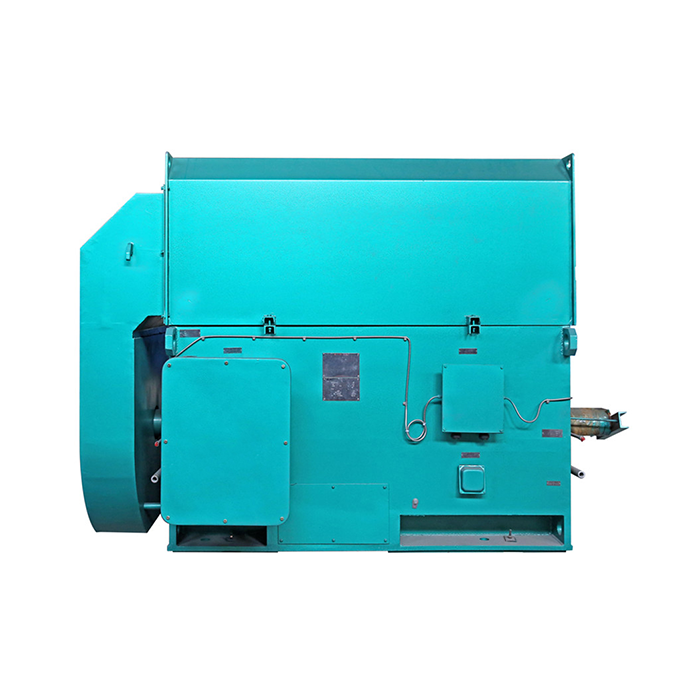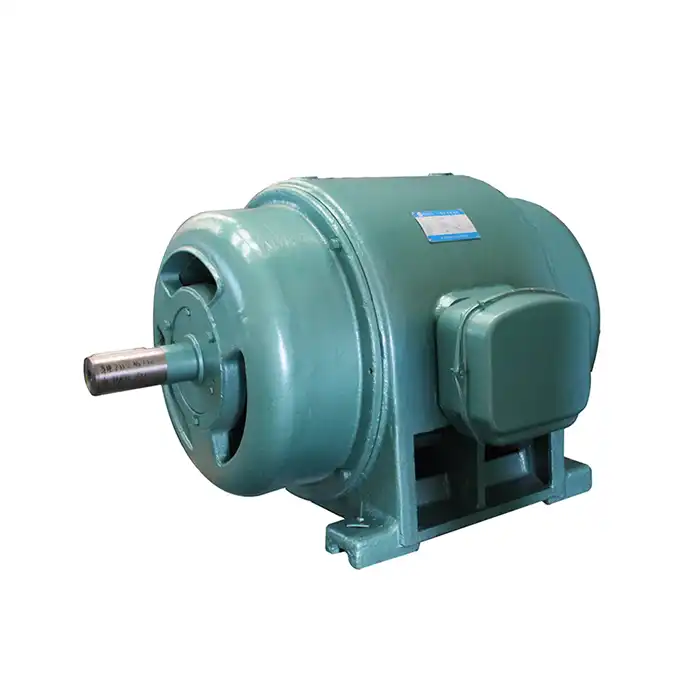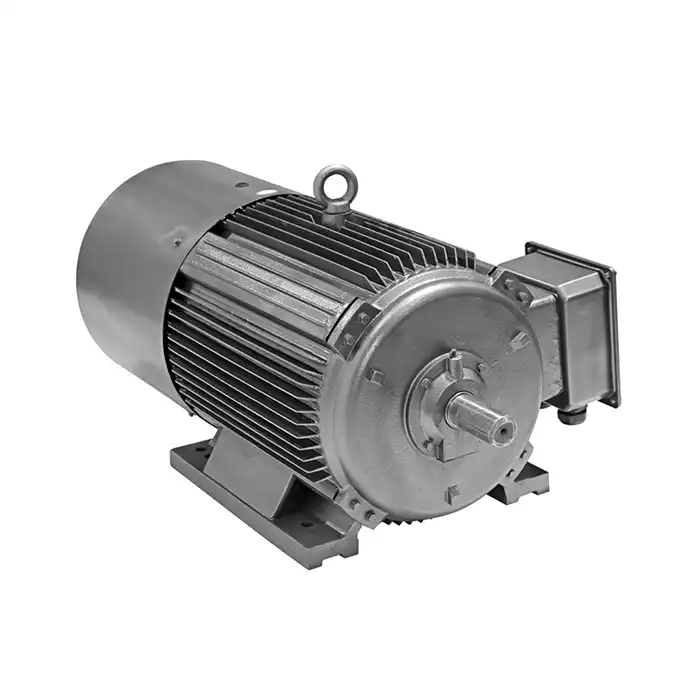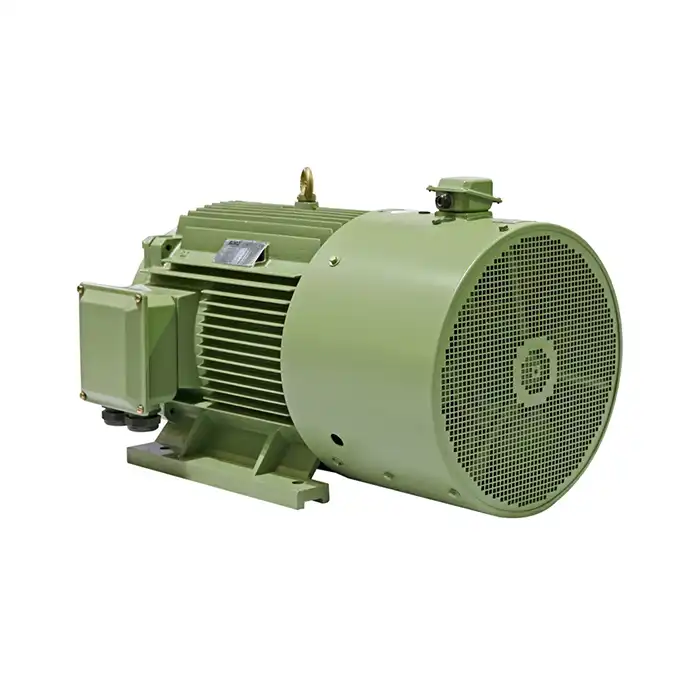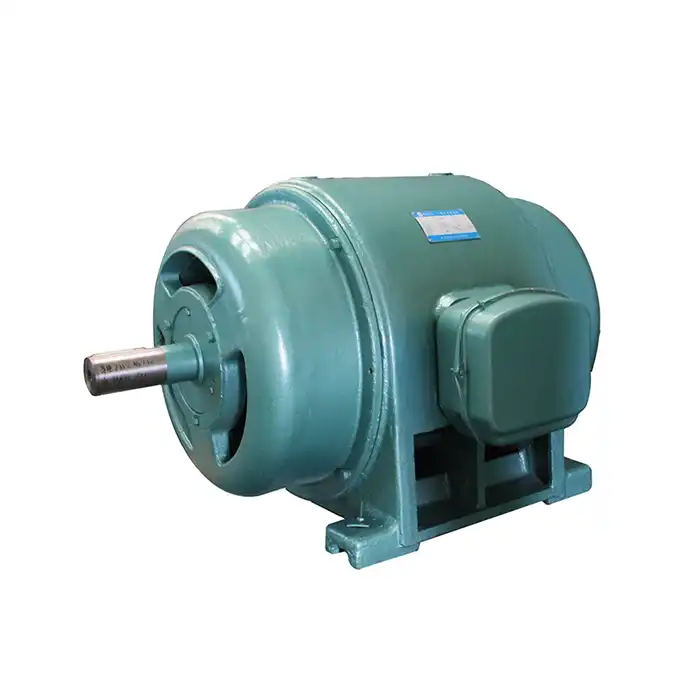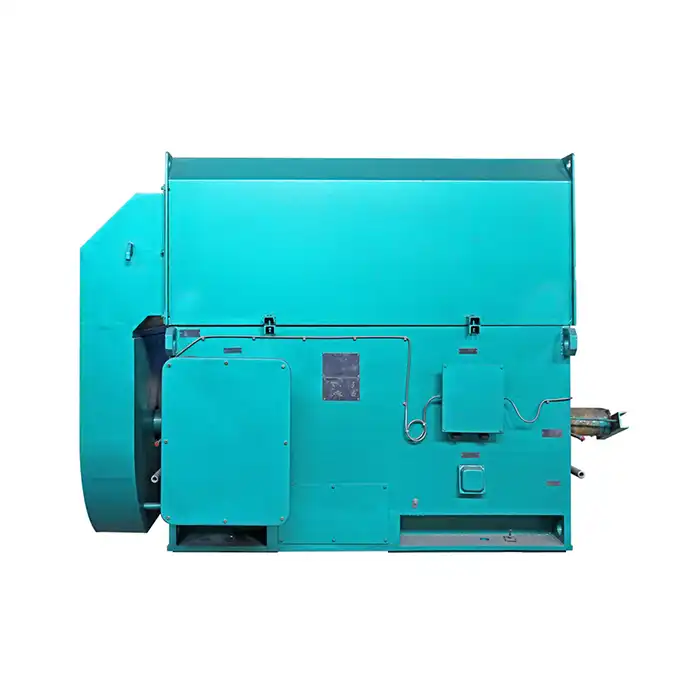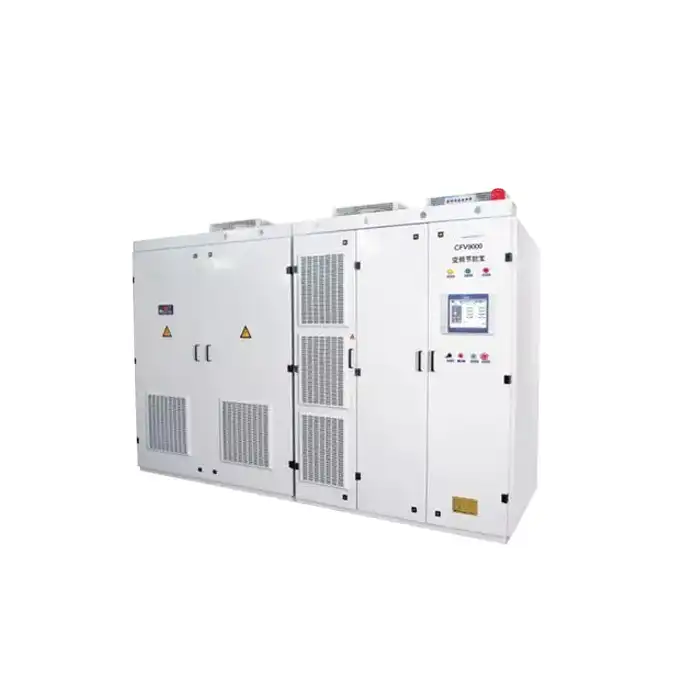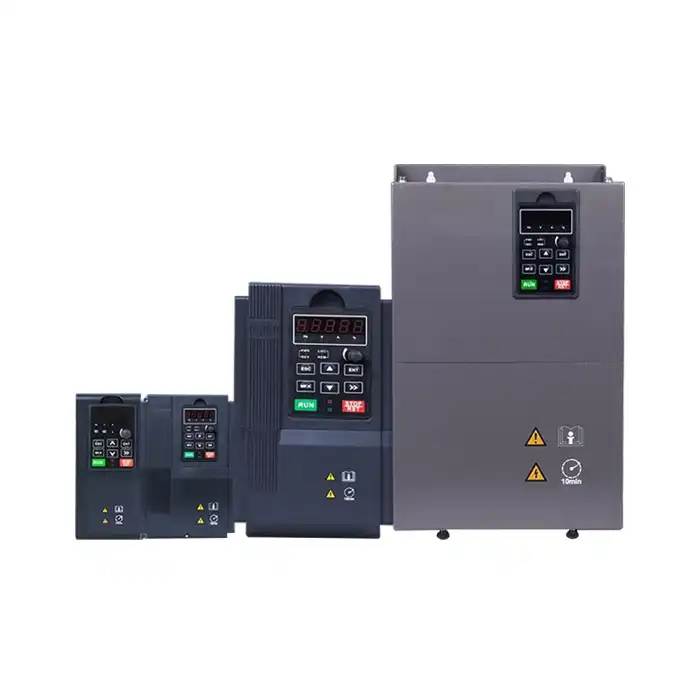When it comes to selecting the most suitable motor for industrial applications, voltage considerations play a critical role in determining overall operational efficiency and long-term cost-effectiveness. Among the commonly used medium-voltage motor options, 4160V Motor and 6.6kV stand out as prevalent choices in various industries. These voltage ratings are often selected based on factors such as power requirements, infrastructure compatibility, and regional standards. A thorough understanding of the differences between 4160V and 6.6kV motors is essential for making an informed decision that balances performance, maintenance demands, and total lifecycle costs. This article explores a comprehensive comparison of the two motor types, emphasizing cost efficiency, maintenance needs, and other crucial aspects to consider when choosing between them.
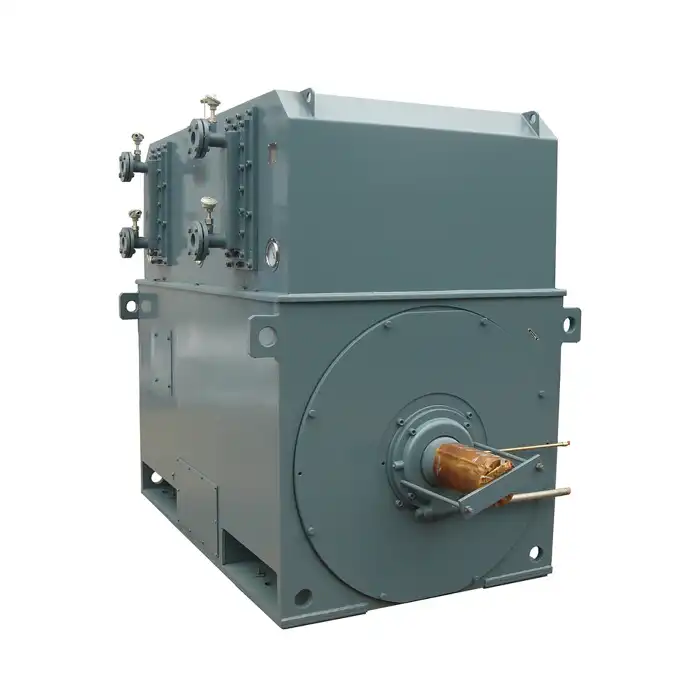
4160V vs 6.6kV motors: Which offers better ROI for industrial plants?
Determining the return on investment (ROI) for industrial motors requires a comprehensive analysis of multiple elements, such as upfront purchase costs, energy efficiency during operation, and long-term durability. This section explores how 4160V and 6.6kV motors compare across these critical factors.
Initial Investment Considerations
The upfront costs of 4160V motors are generally lower than their 6.6kV counterparts. This is primarily due to the lower voltage rating, which requires less insulation and simpler construction. However, it's essential to look beyond the initial price tag when evaluating ROI.
Operational Efficiency and Energy Savings
6.6kV motors often demonstrate higher operational efficiency, particularly in high-power applications. The higher voltage allows for lower current flow, resulting in reduced power losses and improved overall efficiency. Over time, this increased efficiency can translate to significant energy savings, potentially offsetting the higher initial investment.
Long-term Performance and Reliability
Both voltage ratings offer reliable performance when properly maintained. However, 6.6kV motors may have a slight edge in terms of longevity due to lower current-related stress on components. This can lead to extended service life and fewer replacements over time, contributing to a better long-term ROI.
How do maintenance costs differ between 4160V and 6.6kV motors?
Maintenance costs are a critical component in evaluating the total cost of ownership for industrial motors, as they directly impact long-term operational budgets. This section examines how these costs differ between 4160V and 6.6kV motors.
Routine Maintenance Requirements
Generally, the routine maintenance procedures for both 4160V and 6.6kV motors are similar. These include regular inspections, lubrication, and cleaning. However, the frequency and complexity of these tasks may vary slightly due to the different voltage ratings.
Specialized Equipment and Expertise
6.6kV motors often require more specialized equipment and expertise for maintenance and repairs due to their higher voltage rating. This can result in higher service costs and potentially longer downtime during maintenance operations. On the other hand, 4160V motors may be serviced by a broader range of technicians, potentially reducing maintenance costs and downtime.
Replacement Parts and Availability
The availability and cost of replacement parts can impact long-term maintenance expenses. 4160V motors, being more common in certain industries, may have a wider availability of spare parts, potentially leading to lower replacement costs and reduced downtime during repairs.
Key factors to consider when choosing between 4160V and 6.6kV motors
Selecting the appropriate voltage rating for your industrial motor involves a thoughtful assessment of various technical and economic factors. To make an informed decision between 4160V and 6.6kV motors, it is important to evaluate several key aspects that influence performance and cost.
Power Requirements and Application Demands
The power output needed for your specific application is a primary consideration. 6.6kV motors are often preferred for high-power applications, typically above 500 kW, due to their ability to handle higher currents more efficiently. 4160V motors may be more suitable for lower to medium power requirements.
Existing Infrastructure and Compatibility
Consider your existing electrical infrastructure and its compatibility with the motor voltage. Upgrading from 4160V to 6.6kV may require significant changes to transformers, switchgear, and other electrical components, which can add to the overall cost.
Future Expansion Plans
If you anticipate future expansions or increases in power requirements, opting for a 6.6kV motor might provide more flexibility and scalability in the long run. This foresight can prevent the need for costly upgrades or replacements down the line.
Energy Efficiency Regulations and Standards
Stay informed about current and upcoming energy efficiency regulations in your industry and region. Higher voltage motors like 6.6kV often meet or exceed these standards more easily, which can be beneficial for compliance and potential energy incentives.
Total Cost of Ownership Analysis
Conduct a comprehensive total cost of ownership (TCO) analysis that includes initial costs, operational expenses, maintenance requirements, and expected lifespan. This holistic approach will provide a clearer picture of the long-term financial implications of choosing between 4160V and 6.6kV motors.
Conclusion
In conclusion, the choice between 4160V and 6.6kV motors for cost efficiency depends on various factors specific to your industrial application and operational context. While 4160V motors may offer lower upfront costs and simpler maintenance, 6.6kV motors can provide higher efficiency and better long-term performance in high-power applications.
At Shaanxi Qihe Xicheng Electromechanical Equipment Co.,Ltd., we understand the complexities of motor selection for industrial applications. Our team of experts is dedicated to providing high-efficiency, low-energy consumption power equipment solutions tailored to your specific needs. Whether you're in manufacturing, process control, energy and utilities, or other industrial sectors, we're here to help you make the best choice for your operations.
Ready to optimize your industrial motor efficiency? Contact us today at xcmotors@163.com to discuss your power equipment needs and find the perfect motor solution for your application.
References
1. Johnson, R. (2021). Comparative Analysis of Medium Voltage Motors in Industrial Applications. Journal of Electrical Engineering, 45(3), 287-302.
2. Smith, A., & Brown, B. (2020). Energy Efficiency in Industrial Motor Systems: A Comprehensive Guide. Industrial Press.
3. Lee, C. (2022). Cost-Benefit Analysis of 4160V and 6.6kV Motors in Process Industries. Energy Efficiency, 15(2), 178-195.
4. Thompson, D., et al. (2019). Maintenance Strategies for Medium Voltage Motors: A Case Study Approach. IEEE Transactions on Industry Applications, 55(4), 3850-3861.
5. Garcia, M. (2023). Future Trends in Industrial Motor Technology: Voltage Considerations and Efficiency Improvements. Power Electronics Magazine, 10(1), 45-52.
6. White, S., & Green, T. (2021). Total Cost of Ownership Models for Industrial Motors: A Comparative Study of 4160V and 6.6kV Systems. Energy Policy, 152, 112241.




